This week, President Biden unveiled a plan to release nearly one million barrels of reserve gasoline to fight gas price hikes ahead of summer travel and warmer weather.
While some cynically accused this move as a way for Biden to assuage concerns about gas prices ahead of the election, gas price analysts say the decision will barely move the needle for most Americans.
White House Statement
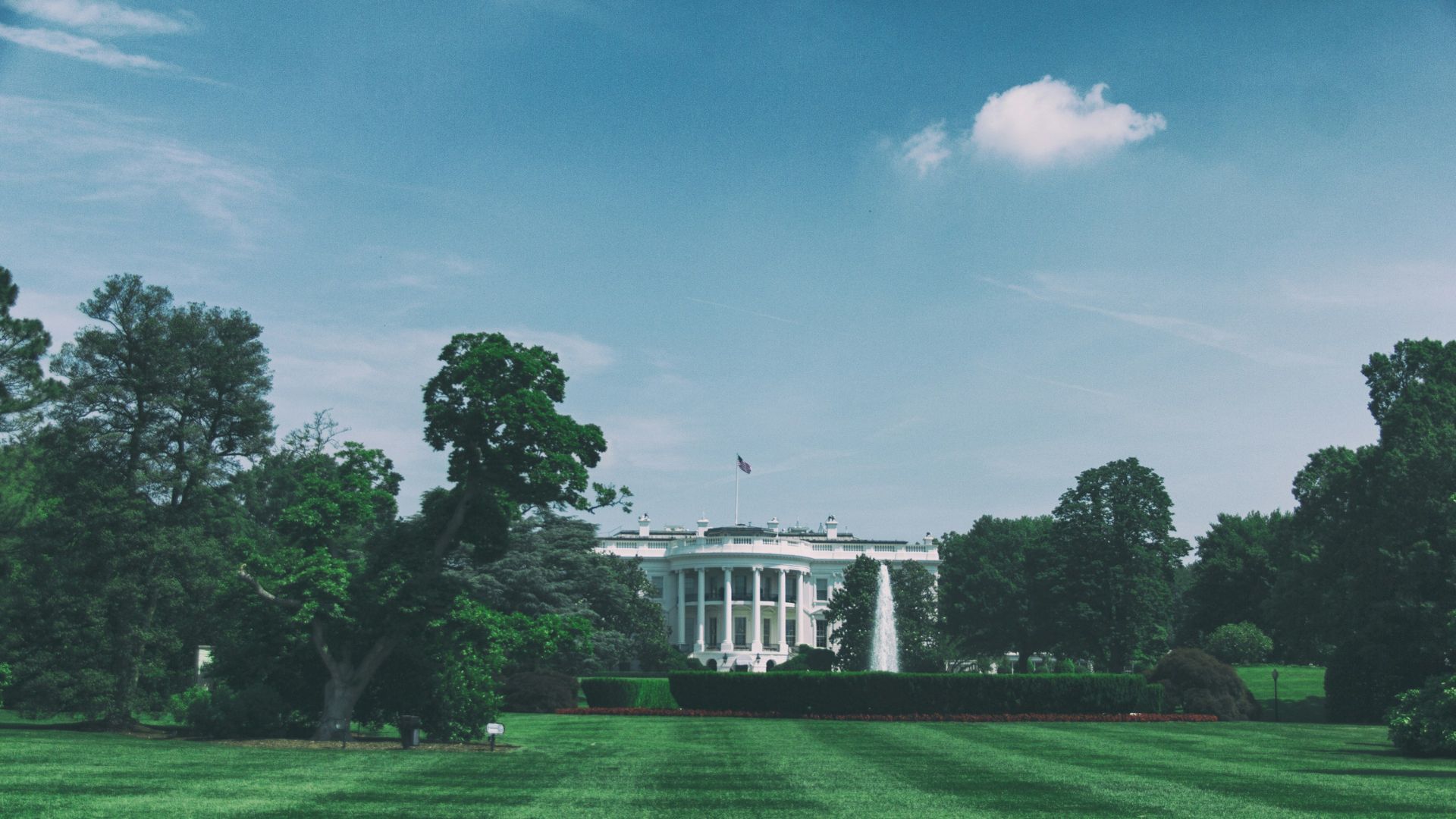
On Wednesday, the White House released a statement announcing the intent of the Biden administration to release barrels of gasoline from reserve supplies in 100,000-barrel increments.
“In an effort to reduce gasoline prices this summer, the Biden administration is releasing approximately one million barrels of reserve gasoline supplies. The gasoline will be released in 100,000-barrel increments from reserves in Maine and New Jersey created after Superstorm Sandy,” the statement said.
Commercial Market

This release of gasoline comes from government reserves and will result in contracts that will allow private companies to use it how they want to.
“The sale of this Government controlled stock will release nearly 1 million barrels (42 million gallons) of gasoline blendstock into the commercial market for use at their discretion,” said the US Department of Energy.
Why Does the US Have Reserves?

Seperate from the Maine and New Jersey gasoline reserves, The United States also maintains something called the Strategic Petroleum Reserve, which is the world’s largest supply of crude oil. It may seem strange that the government is hoarding oil in this way, but it is a strategy to protect against gasoline supply disruptions.
For 60 years, the United States was a net importer of petroleum products, making gasoline resources critical. In 2011, it became a net exporter for the first time in 60 years. In the following years, it has fluctuated between being a net exporter and an importer.
Summer Months Ahead

According to Energy Secretary Jennifer Granholm, the administration will be delivering gasoline in time for Memorial Day, when many Americans hit the roads to travel for the holiday.
Granholm said the administration will be “strategically releasing this reserve in between Memorial Day and July 4th.”
Memorial Day Travel
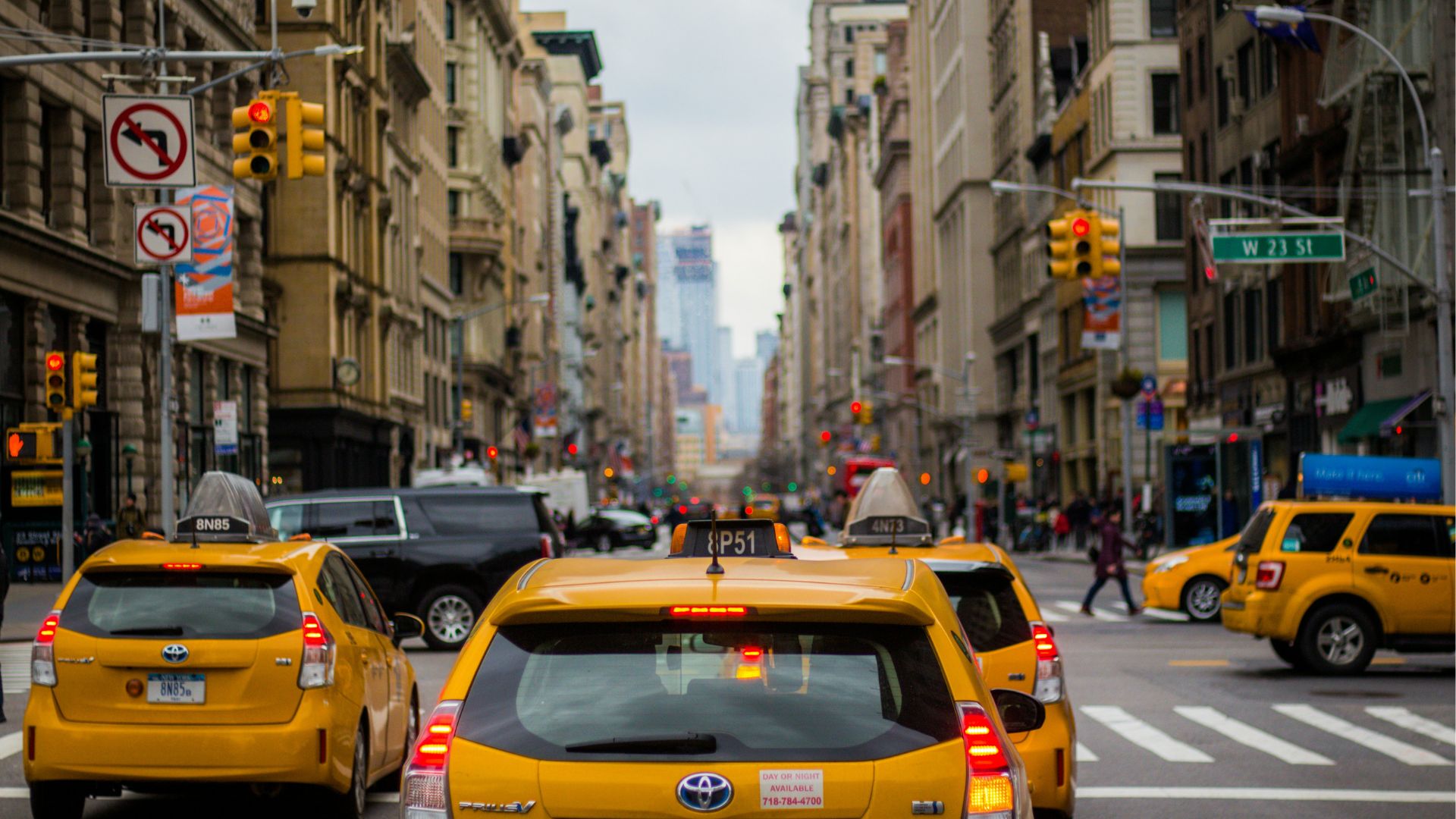
It is estimated this year by AAA that nearly 44 million Americans are expected to travel during the Memorial Day holiday by road and air.
AAA senior vice president Paula Twidale said that the numbers for travel this year haven’t been seen “in almost 20 years” and it’s the “most road trips” the agency has ever seen for Memorial Day.
Targeting the Northeast
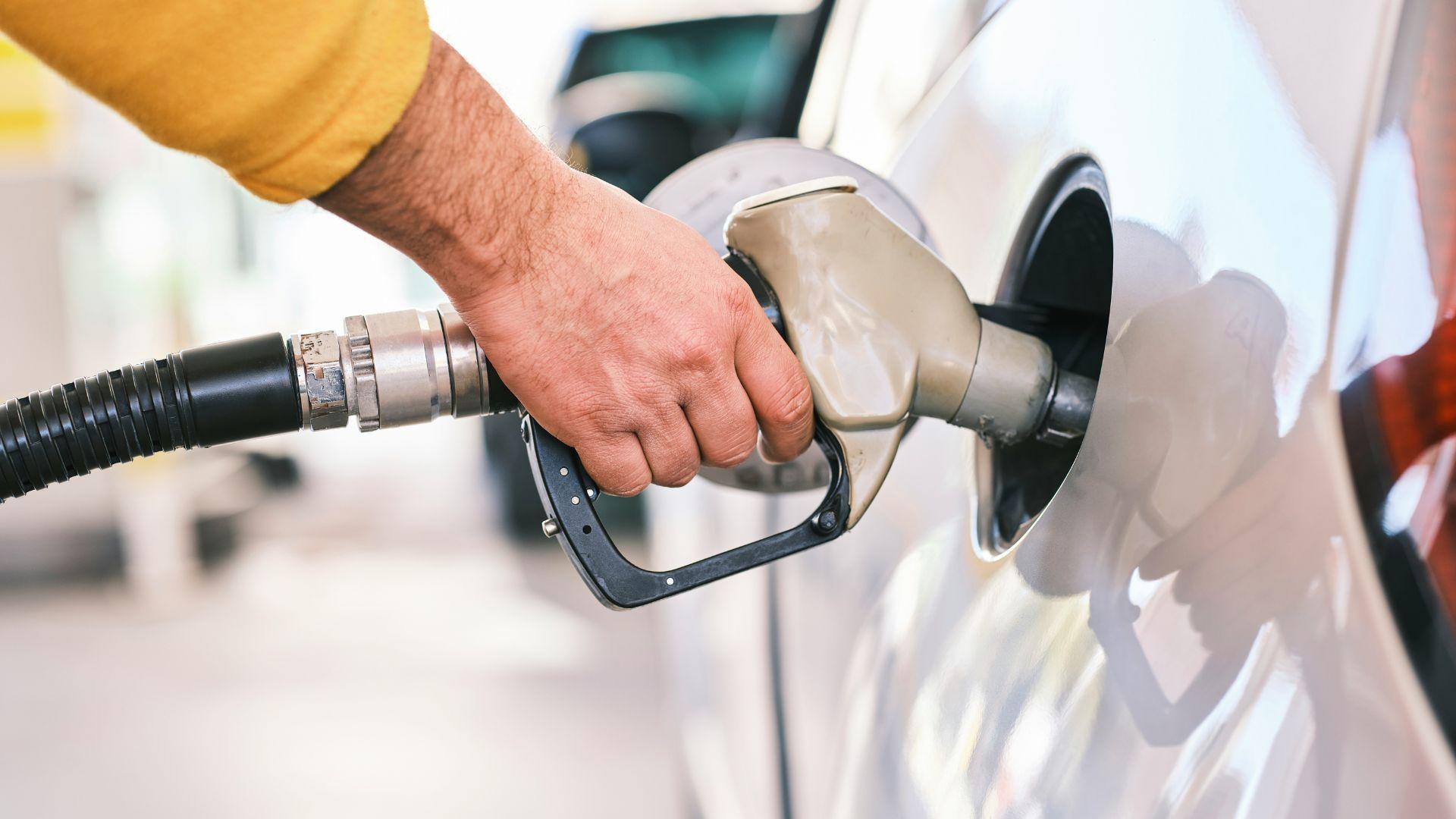
Granholm asserted the strategic release of gasoline reserves is aimed at offsetting costs in the northeast United States.
“We are ensuring sufficient supply flows to the tri-state and northeast at a time hardworking Americans need it the most,” said Granholm.
Experts Disagree
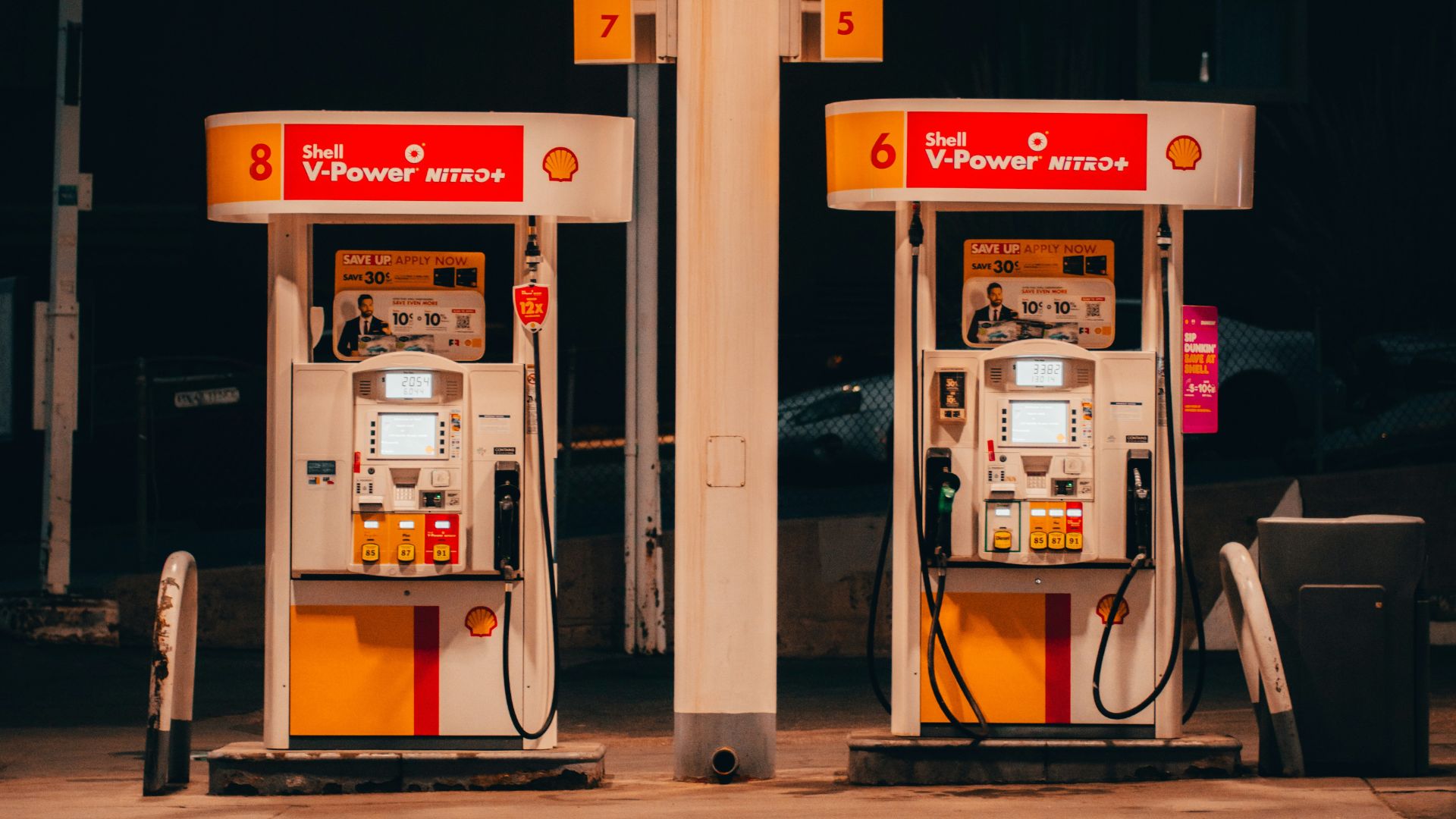
While this move is billed to provide critical financial relief for families, an ABC News report that interviewed experts tells a different story.
“This is not a needle-mover,” said Patrick de Haan, the head of petroleum analysis at GasBuddy to ABC News. “It will not impact prices for the majority of Americans.”
Gas Price Consensus
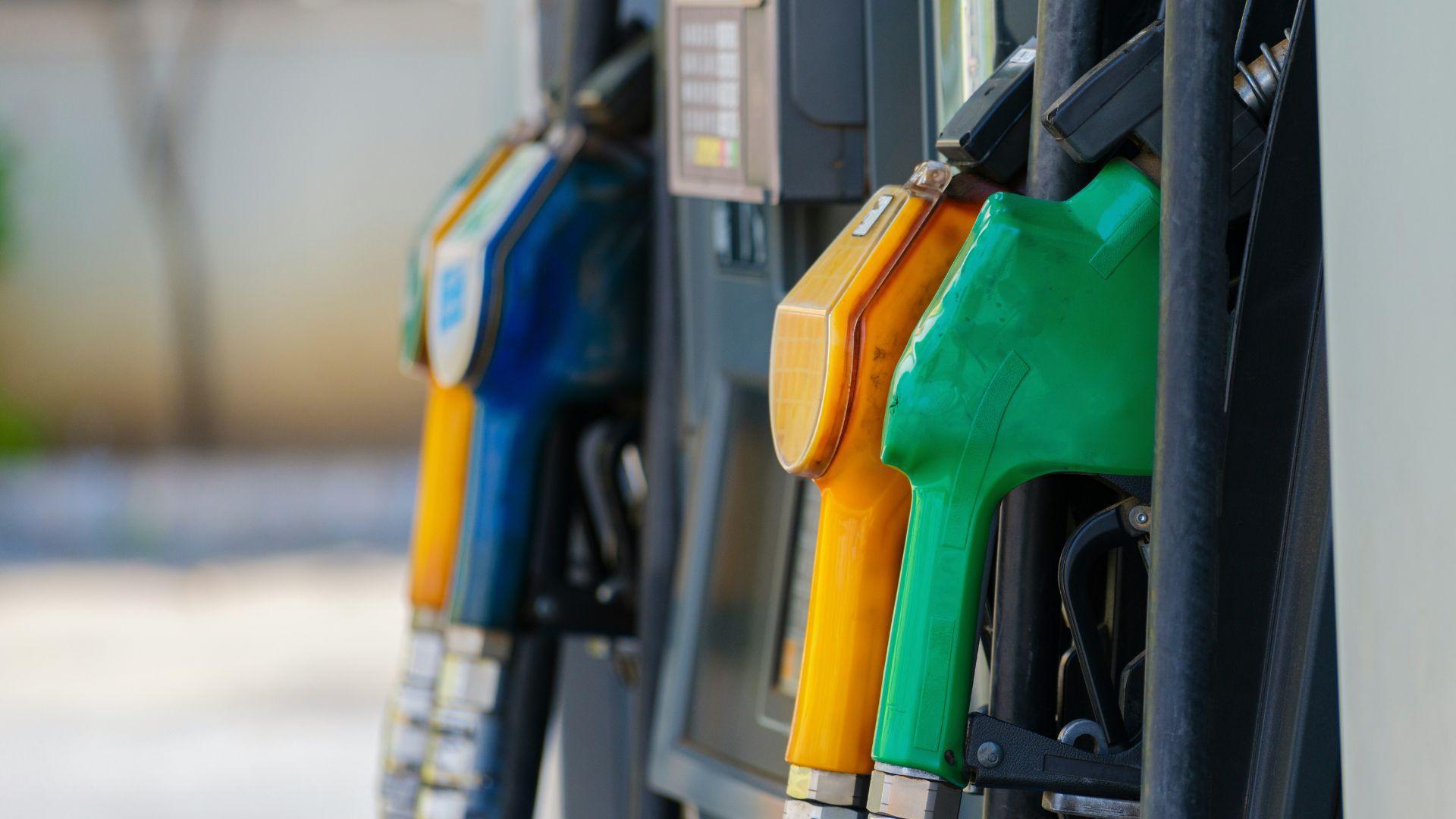
The experts that ABC talked to told them that this gasoline reserve release would not have a significant effect on prices nationwide.
According to ABC, “Experts who spoke to ABC News rejected the notion that the release of gasoline reserves would meaningfully lower prices at the pump. The move will likely result in a modest reduction for drivers in the mid-Atlantic and Northeast but will have little effect nationwide, they said.”
Price Jumps

Gas prices have seen a remarkable jump in price this year when looking at the national average. The price of unleaded gas has jumped by about 16%, which translates to around a 50-cent increase per gallon for the average American.
Currently, AAA estimates the unleaded regular average national price of gas to be $3.609.
Actual Effect of Gasoline Release

According to de Haan, the move by the Biden administration will lower prices in the mid-Atlantic and Northeast by only around 5 to 15 cents.
And remember, these are the areas that will be most affected by the move, meaning that people in other places in the country are likely to see even less of a price drop.
Why is the Effect Limited?
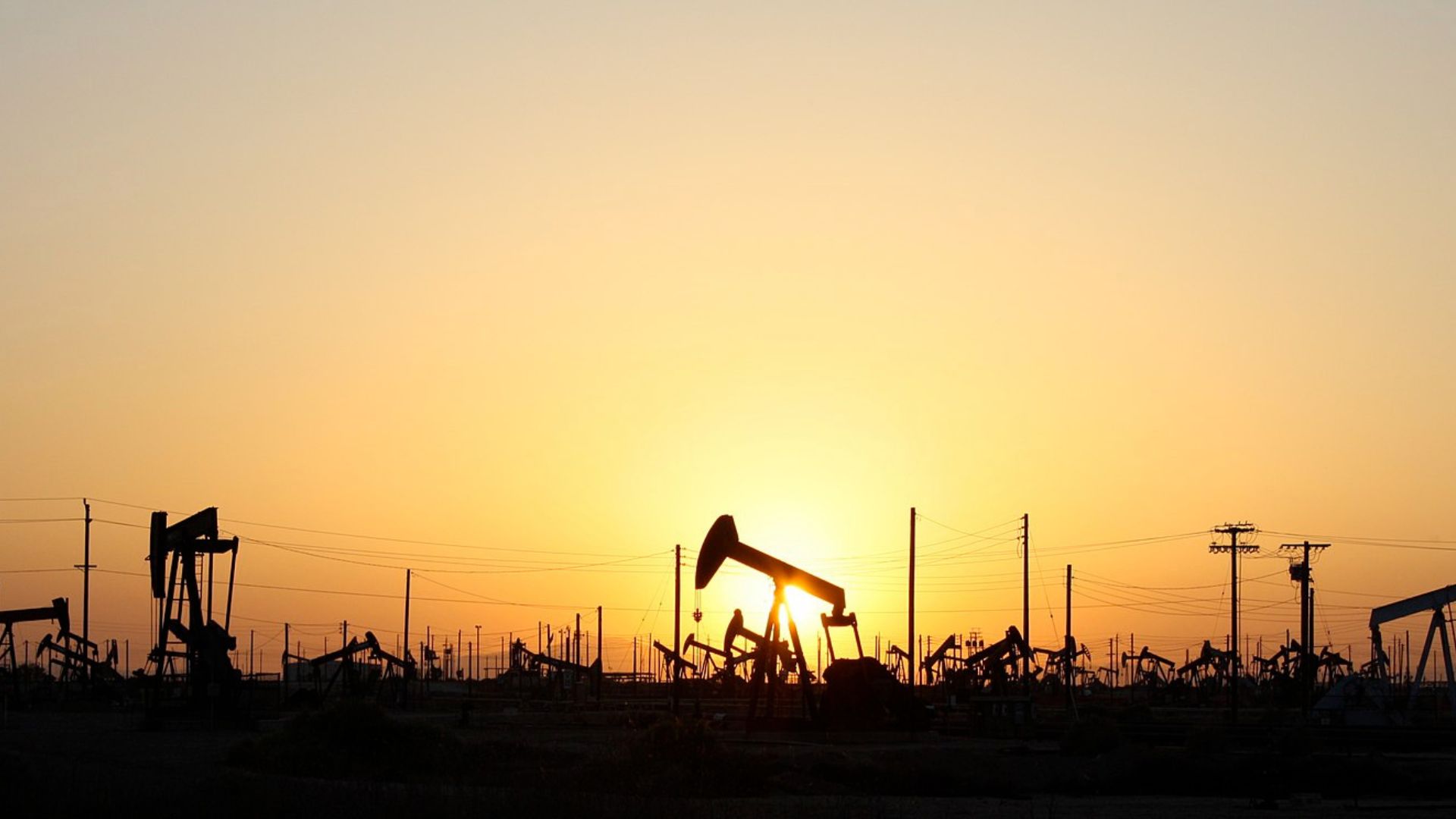
One reason experts suggest the move will have little effect on national averages is that places on the West Coast are driving up the average price of gasoline nationwide, a region that won’t benefit much from the increased supply of gasoline.
“This gasoline [release] is unlikely to help in those markets,” said economics professor Timothy Fitzgerald, pointing out a lack of pipeline capacity needed to transport gasoline from the Northeast to the West.
